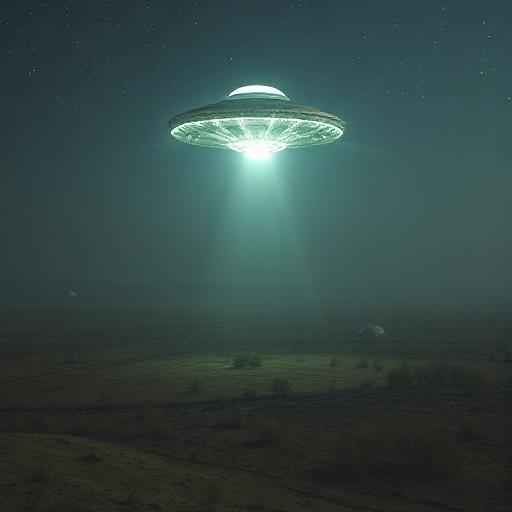Hey, have you ever heard about the "Pink Moon"? Is it actually pink, like a giant piece of candy floating in the sky? It sounds totally bizarre, almost like an illusion!
Well, the "Pink Moon" isn't really a bubblegum-colored moon like you might imagine! The name actually has some very interesting origins that go back to Native American traditions. They used the full moons of each month as a kind of natural calendar to mark the changing seasons and name important times. The Pink Moon usually makes its appearance in the April sky, and its name comes from the Phlox subulata, a type of wildflower that's a vibrant pink, also called "moss pink" or "creeping phlox," which blooms in abundance across North America around this time of year.
So, when you hear about the Pink Moon, think more about fields turning pink with flowers than the moon changing its hue. The moon itself will probably look its usual silvery-white, maybe with a slight yellowish tint, depending on the atmospheric conditions. Sometimes, because it's low on the horizon, the light that passes through more of Earth's atmosphere can give it a slightly more orange or reddish tone, but a true pink is quite rare.
It's fascinating to note that the Pink Moon also has other names in different cultures around the world. Some European traditions call it the "Egg Moon," which symbolizes new beginnings and fertility, or the "Grass Moon," because that's precisely when the new grass starts to grow lushly. All these names are tied to the themes of spring and renewal that come with the month of April.
So, the next time you hear about the Pink Moon, you'll know it's not about a celestial phenomenon with bright colors. It's a suggestive name that links us to the natural world and how people in the past understood and celebrated the cycle of time. It's a little reminder of ancient wisdom and how different cultures found meaning in the celestial events they observed above them. Pretty incredible for a moon that doesn't actually turn pink, right?
